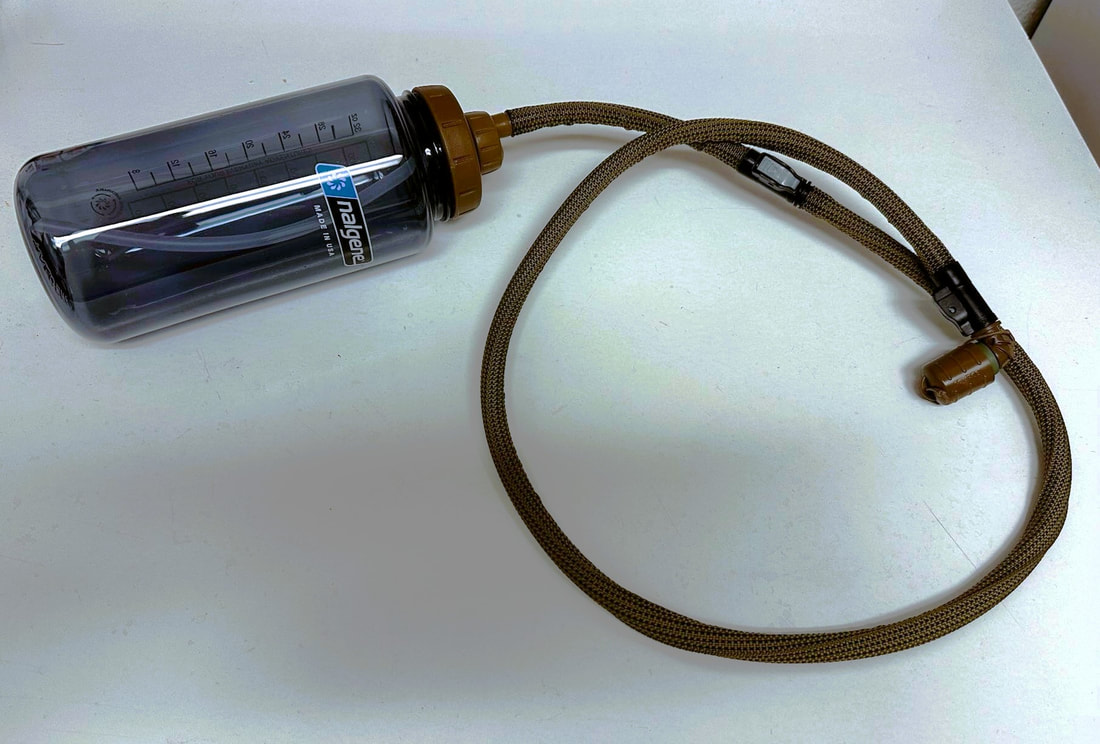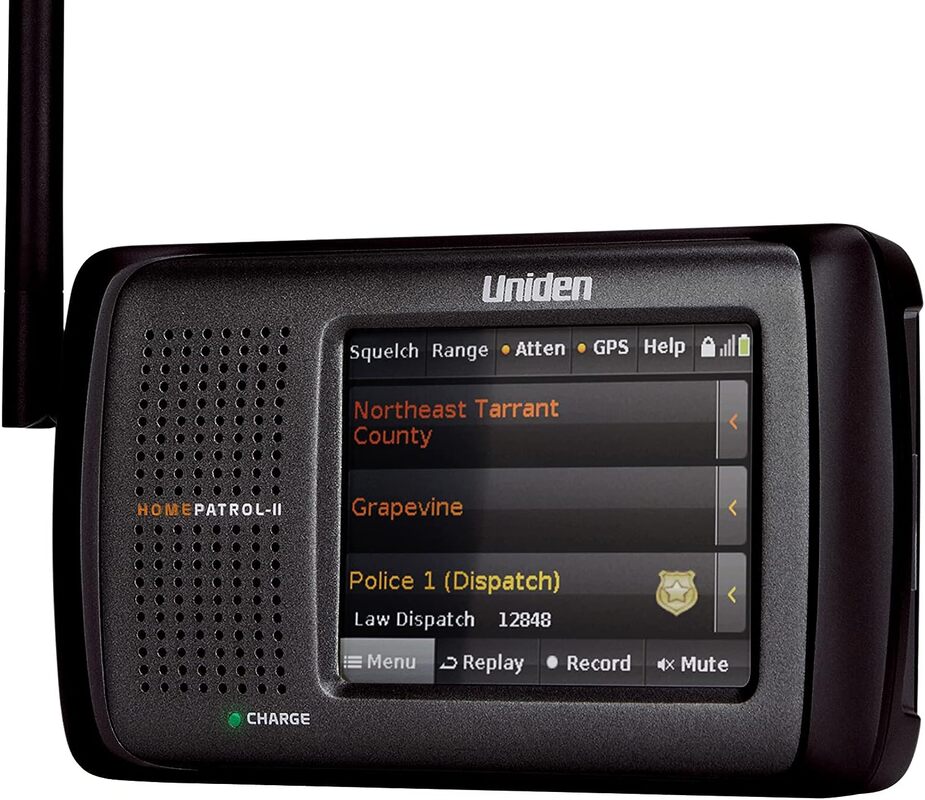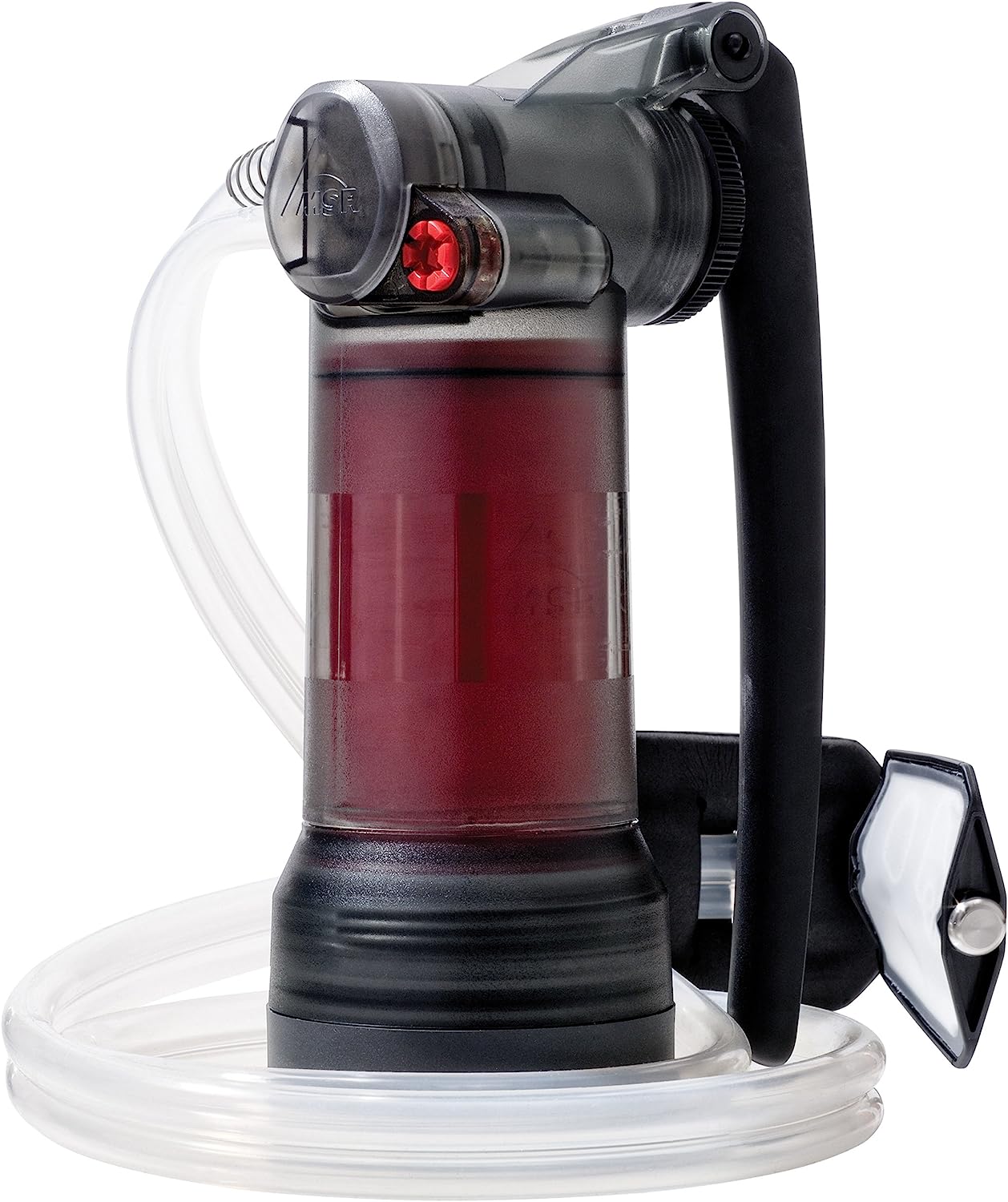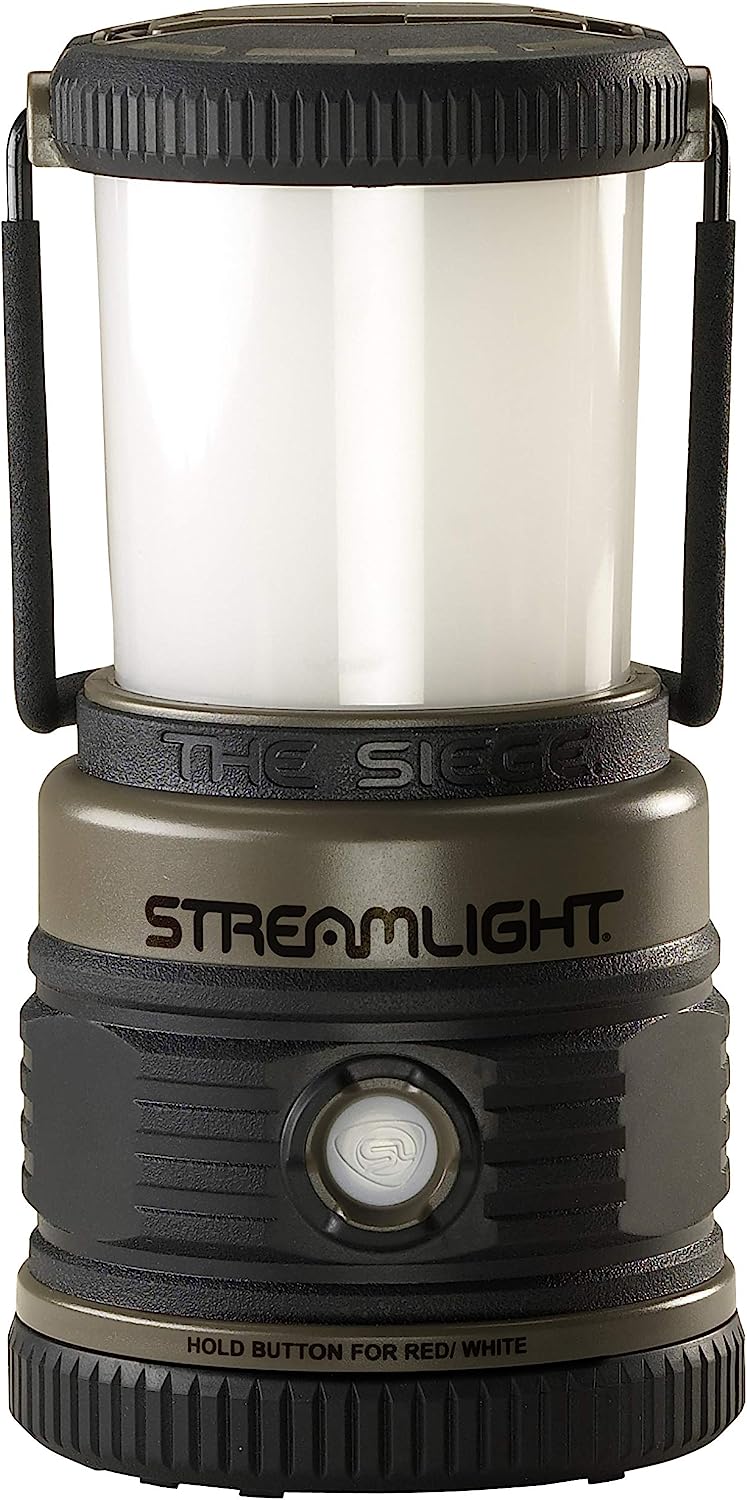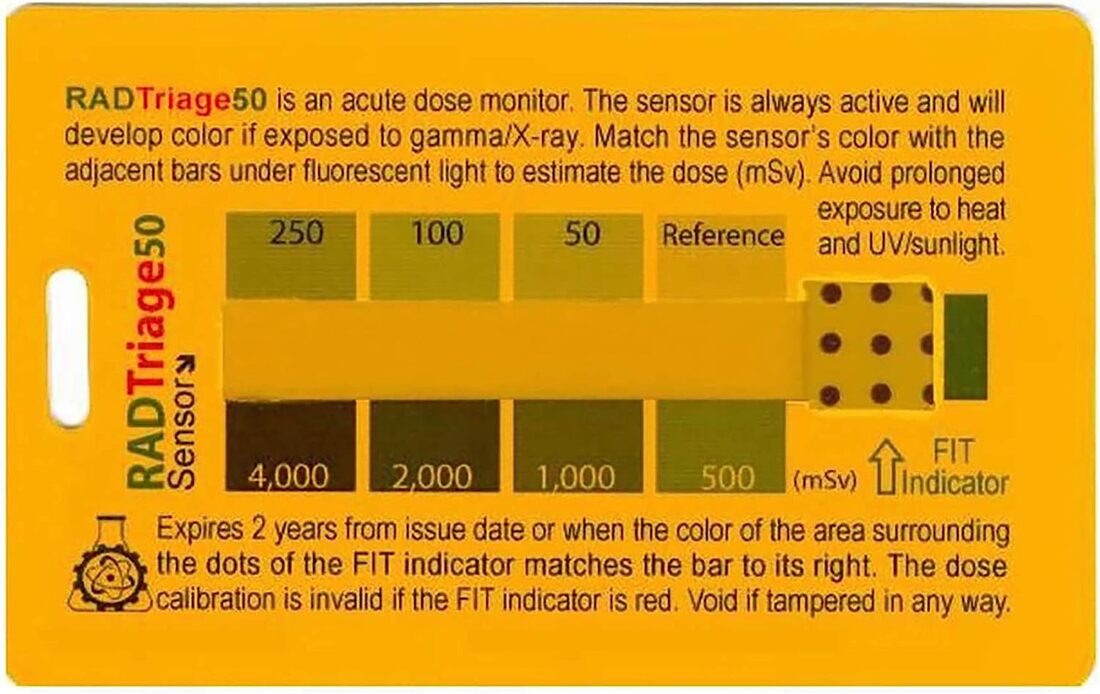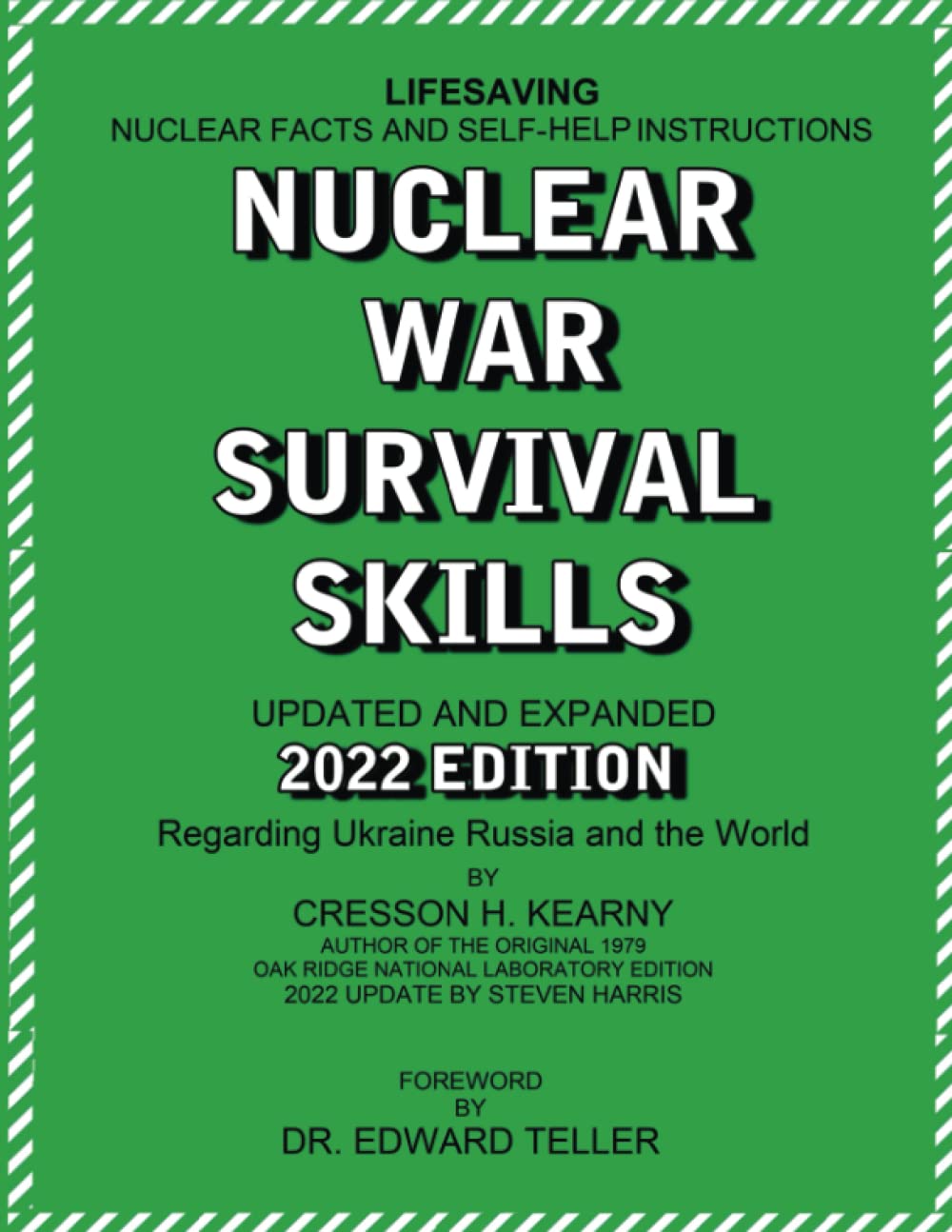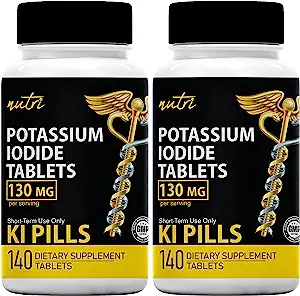|
Shooting through a windshield
You can easily shoot through a windshield. Way back when, the California Highway Patrol had this stupid theory for its officers to stand in front of the A-pillar looking in at the driver because they assumed that no one would shoot out his own windshield. Bullets will hit targets with fair accuracy when fired through a windshield. There will be some deflection, but at near distances not enough to matter (more on this later). When sitting properly with one’s face away from the glass, shards and chunks should not injure the eye. Normal glasses and sunglasses should provide adequate protection in extremis. I’ve seen a lot of car accidents in my time and glass in the eye causing a serious eye injury is uncommon. Obviously full eye cup protection with ballistically rated lenses are preferred. The first round through a windshield will likely have the most trouble penetrating; this can be true of any shots that go through undamaged glass. Make your first shot a good one, well placed on the target without consideration to the deflection the glass may cause. Don’t try to adjust your aim based on the bullet holes/impacts on the glass. Pick an aimpoint, keep your aim steady, and fire at that spot. Your intent should be to saturate your target area with bullets to get a hit. Even if your shots are less than square range accurate, they may provide a suppressing effect on the bad guy if he isn’t expecting to be shot at. If you have the ammo, blow out a large enough area of glass to shoot through the resulting hole. Since you’re so close it’s going to be easy to blow a hole in the glass large enough to keep shooting out of. Shoot out of the hole you made and each bullet will fly to the target true to your aim. Your muzzle will probably be only inches away so it won’t be difficult, even under stress, to do this. Close up, this is your best bet to quick, accurate shots. Enlarge that hole. This is called “porting” and it typically takes three to four shots to make a hole large enough to shoot well out of. Within typical pistol distance, your shots, if well aimed in the first place, will not deflect enough to matter. You will probably get effective shots on target. Keep in mind that shooting out your windshield makes it a little easier for incoming bullets to hit you. There are now holes in it and it has been weakened. Don’t just “aim low” when shooting through the windshield “because the first round will go high.” The first shot (going out) will likely deflect high, but your subsequent shots, unless you are shooting through undamaged glass, will generally not behave the same way. Shots will behave randomly depending on this or that variable—did the bullet catch the edge of the glass?—but will land within center of mass if that’s where you’re aiming. You probably will flinch when the glass breaks and pieces hit you in the face. This is a natural reflex. Glass will get everywhere when a car is shot up, but again, it will not be much of a hazard. Clean up will be necessary and you will want to check your clothing to make sure any glass has been removed from it. If you have to shoot inside a car, it’s gonna be loud. You may suffer irreversible hearing loss. Family and passengers will probably start screaming. Tinnitus will occur while shooting. Gunshots are loud and they are magnified by confined spaces. Reduce the trauma to your ears by rolling the windows down, at least two. The more shots you fire, the more likely you are to hurt your ears. Rolling the windows down may help reduce the reflection of the soundwaves and will also vent any gas or dust. The effect windshield glass has on bullets Note: Much of this is academic. Bullet deflection is a problem when precise shots are made, but at close distances, say a few yards, it does not practically matter. Don’t worry about up/down, inside/out deflection. Copper jackets will separate from the lead in a bullet almost always when hitting glass. Jacket fragments may impact the target, passengers, or bystanders. Bullets may be deformed and have reduced performance on target, including keyholing. This is where contact with the glass causes the bullet to yaw in flight impacting the target sideways at lower velocity, producing a hole that looks like a keyhole. Windshield glass is laminated and side/rear window glass is tempered. Windshield glass tends to hang together rather than breaking apart. Side window safety glass breaks into chunks instead of shards. These chunks are difficult to get cut with even on purpose. Windshields are the most resistant to damage and are more likely to spiderweb than shatter. Holes will form and bits will come off, but they almost never will shatter in your lap. The rear window will shatter into chunks if you look at it funny but the side windows are a little tougher. Windshields are angled to deflect the wind. The degree of slope varies between vehicles. This slope affects bullets because when the bullet enters, it will make first contact either high or low. That is, the “top”[1] of the bullet will impact the windshield first going out, since the slope makes the high side closer to the “top” of the bullet. Going into a vehicle, the “bottom” of the bullet will make contact with the bottom of the glass first. This is what causes deflection. Shooting out from inside, the bullet will go high because of this effect. Conversely, when shooting into a vehicle through the windshield, the bullet will go down and strike low. This is why some trainers tell students “Aim low when shooting out and aim high when shooting in.” In practical terms this doesn’t matter. Unless you are a sniper or taking really long shots that must be precise through unbroken glass, you shouldn’t concern yourself about this. This doesn’t apply to the nearly vertical side windows which are not as thick or tough as laminated windshield glass. Rear window glass also shatters a lot more easily although it too may be angled. Note that a lot of quality side glass won’t shatter into little pieces when shot but will tend to remain intact up to a point. Your mileage may vary. Note: this an adaptation from my non-fiction book Suburban Warfare: A cop's guide to surviving a civil war, SHTF, or modern urban combat, available on Amazon. [1] Top and bottom are relative because a bullet is spinning. Comments are closed.
|
Author Don ShiftDon Shift is a veteran of the Ventura County Sheriff's Office and avid fan of post-apocalyptic literature and film who has pushed a black and white for a mile or two. He is a student of disasters, history, and current events. Archives
May 2024
Categories
All
As an Amazon Associate I earn from qualifying purchases.
|
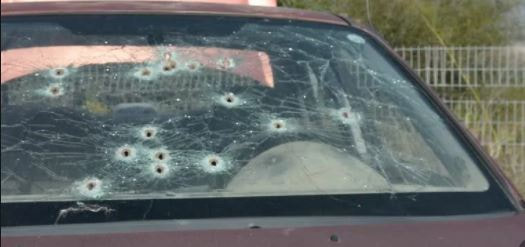
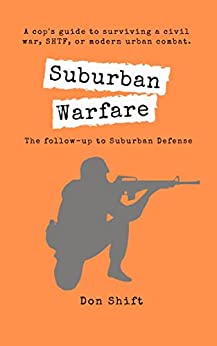
 RSS Feed
RSS Feed
